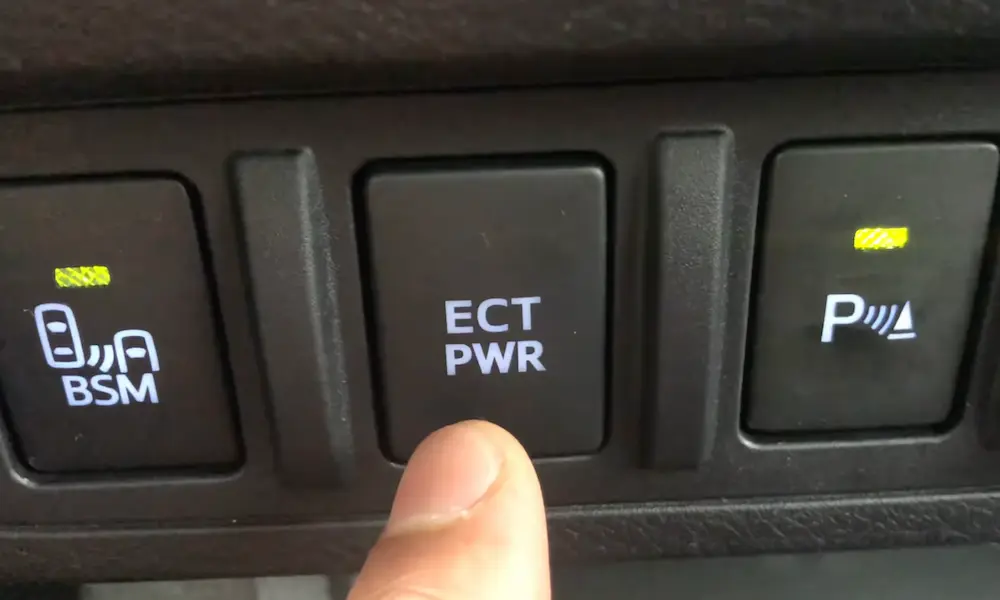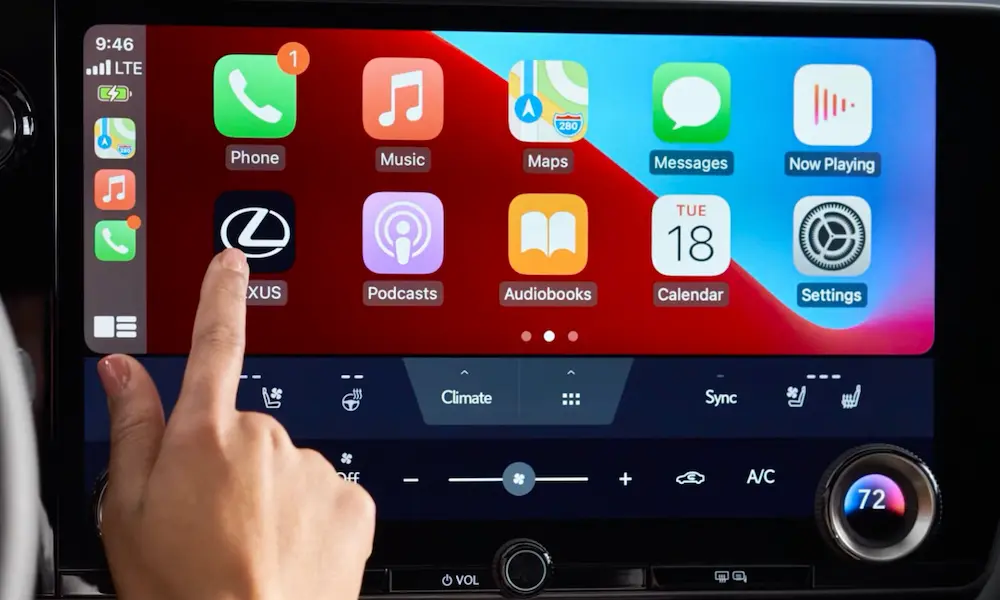Ever wondered where your sleek Lexus is built before it arrives at the dealership? Lexus vehicles roll off production lines across multiple countries, with most models still crafted in Japan but an increasing number manufactured in North America. The brand’s commitment to quality remains consistent regardless of where production happens, with the same exacting standards applied worldwide.
The Japanese Heart of Lexus Manufacturing
Japan remains the primary manufacturing hub for Lexus, with several specialized plants creating most of the brand’s luxury vehicles.
Tahara Plant: The Birthplace of Lexus
The Tahara facility in Aichi Prefecture stands as Lexus’s most iconic manufacturing site. Since 1989, this plant has produced every generation of the flagship LS sedan, the model that initially launched the Lexus brand onto the world stage. Today, the Tahara plant continues to be a cornerstone of Lexus production, crafting several key models:
- LS sedan
- RC F coupe
- NX SUV
- GX and LX off-road vehicles
What makes Tahara special is its blend of advanced robotics and human craftsmanship. The facility introduced the industry’s first dedicated Customer Satisfaction line, where vehicles undergo rigorous quality checks. Its direct port access also makes it ideal for global exports, allowing freshly-built vehicles to reach international markets efficiently.
Kyushu Plant: The Volume Leader
Located in Fukuoka, the Kyushu facility is Lexus’s largest production center by volume. Opened in 1991, it comprises three integrated sub-plants:
- Miyata (body construction, painting, final assembly)
- Kanda (casting operations)
- Kokura (sub-assembly processes)
The Kyushu plant specializes in high-demand models including:
- RX (including hybrid variants)
- ES
- UX
This facility’s modular production system allows it to manufacture multiple models simultaneously, making it exceptionally responsive to changing market demands. The RX, Lexus’s best-selling SUV globally, has been manufactured here since its inception, with hybrid versions added in the mid-2000s.
Motomachi Plant: Where Performance Meets Luxury
The Motomachi plant focuses on low-volume, high-performance vehicles, primarily:
- LC coupe
- LC convertible
This facility blends traditional craftsmanship with cutting-edge materials like carbon fiber-reinforced polymer to create the LC’s striking design and dynamic performance. Inside the Motomachi plant, each LC receives exceptional attention to detail, appealing to enthusiasts seeking exclusivity in their luxury vehicles.
Miyata Plant: Sedan Specialist
Adjacent to the Kyushu facility, the Miyata plant concentrates on sedan production:
- IS sports sedan
- ES luxury sedan
The ES in particular benefits from Miyata’s expertise in hybrid technology, with powertrain components meticulously tested for efficiency and durability. The plant’s integration with Kyushu’s infrastructure creates a seamless coordination in parts supply and logistics.
Lexus Manufacturing in North America
While Japan remains the core of Lexus production, the brand has strategically expanded manufacturing to North America to better serve regional markets.
Cambridge, Ontario: Breaking New Ground
The Cambridge plant in Ontario made history in 2003 as the first Lexus production site outside Japan. This milestone represented a significant shift in the company’s manufacturing strategy. Today, the facility produces:
- RX
- RX Hybrid
This expansion allowed Lexus to leverage Toyota’s existing North American supply chain to reduce import tariffs and streamline delivery to U.S. and Canadian markets. To maintain quality standards, Cambridge employs the same takumi (master craftsman) training programs as Japanese plants.
In 2023, Toyota Motor Manufacturing Canada celebrated 20 years of Lexus production, marking two decades of successful North American manufacturing for the luxury brand.
Georgetown, Kentucky: American-Made Luxury
In 2015, Lexus began manufacturing the ES sedan at Toyota’s Georgetown plant, establishing its first U.S. production facility. The ES’s popularity in North America made localized assembly a logical choice, with the facility adopting Lexus-specific quality protocols including:
- Laser-guided welding systems
- Multi-stage paint inspection
- Enhanced quality control processes
The Georgetown plant demonstrates Lexus’s commitment to balancing global scalability with regional market responsiveness, producing vehicles that meet the same exacting standards as their Japanese counterparts.
The Evolution of Lexus Manufacturing
Lexus’s manufacturing approach has evolved significantly since the brand’s inception in 1989.
From Toyota Subsidiary to Independent Luxury Brand
Initially sharing Toyota’s production lines, Lexus gradually established independent facilities in the early 2000s. This evolution included dedicated design and engineering centers in:
- Shimoyama, Japan (opened in 2019)
- Ann Arbor, Michigan (technical center for North American operations)
The Shimoyama Technical Center represents a significant investment in Lexus’s future, serving as the brand’s global headquarters and development hub. This 600-hectare facility includes specialized test tracks and design centers that will shape the next generation of Lexus vehicles.
| Production Timeline Milestones | Year | Significance |
|---|---|---|
| Tahara Plant Begins Lexus Production | 1989 | First Lexus LS 400 rolls off the line |
| Kyushu Plant Opens | 1991 | Expansion of Japanese production capacity |
| Cambridge Plant Starts RX Production | 2003 | First non-Japanese Lexus facility |
| Georgetown Plant Begins ES Production | 2015 | First U.S. manufacturing location |
| Shimoyama Technical Center Opens | 2019 | New global headquarters for Lexus |
Embracing Hybrid Technology
Subsequent investments in hybrid technology have been concentrated in specific plants:
- RX 400h (2005) at Kyushu
- ES 300h (2012) at Miyata
These facilities align with Japan’s leadership in vehicle electrification, setting the stage for Lexus’s continued advancement in sustainable luxury transportation.
Manufacturing Standards Across Global Facilities
Regardless of where a Lexus is built, the brand maintains consistent quality standards across all facilities.
The Takumi Influence
Central to Lexus manufacturing is the concept of takumi – master craftspeople who oversee production quality. Each Lexus plant, whether in Japan or North America, employs these highly trained specialists who:
- Have at least 25 years of experience
- Can detect the slightest imperfections
- Train other workers in precision techniques
Their influence ensures that a Lexus built in Kentucky meets the same standards as one built in Tahara. Every manufacturing facility adheres to the “Lexus Covenant” – a promise to create the finest vehicles ever built.
Quality Control Processes
Lexus manufacturing incorporates several distinctive quality control measures:
- White-glove inspections in dust-free environments
- Laser measurement systems accurate to 0.01mm
- Sensory testing of components (including “listening” to door sounds)
- Extensive road testing before shipping
These processes are standardized across all plants, ensuring consistency regardless of manufacturing location.
The Future of Lexus Manufacturing
As Lexus accelerates its transition to electrification, its manufacturing footprint continues to evolve.
Expanding Electric Vehicle Production
Lexus is positioning itself for an electric future, with plans to produce Lexus EVs at Toyota’s wholly-owned Shanghai factory. This expansion into China represents another significant step in Lexus’s global manufacturing strategy.
The company aims to offer electric versions of all models by 2030, with its hybrid-focused plants in Miyata and Kyushu playing pivotal roles in this transition. These facilities already possess expertise in electrified powertrains that will prove valuable as Lexus increases its EV offerings.
Balancing Global Production with Japanese Craftsmanship
While expanding globally, Lexus maintains its Japanese identity through continued investment in domestic facilities. The Shimoyama Technical Center represents this commitment, serving as both a development hub and a statement about the brand’s roots.
This balance – maintaining Japanese craftsmanship while expanding global production – defines Lexus’s manufacturing philosophy. The result is a worldwide network of facilities that produce vehicles with consistent quality while adapting to regional market demands.
Where Your Lexus Comes From: Model-Specific Manufacturing
Wondering where specific Lexus models are manufactured? Here’s a quick reference guide:
| Model | Primary Manufacturing Location | Secondary Location (if applicable) |
|---|---|---|
| LS | Tahara, Japan | None |
| ES | Miyata, Japan | Georgetown, Kentucky, USA |
| IS | Miyata, Japan | None |
| LC | Motomachi, Japan | None |
| RC | Tahara, Japan | None |
| RX | Kyushu, Japan | Cambridge, Ontario, Canada |
| NX | Tahara, Japan | None |
| UX | Kyushu, Japan | None |
| GX | Tahara, Japan | None |
| LX | Tahara, Japan | None |
This distribution highlights Lexus’s strategic approach to manufacturing – keeping flagship and specialized models in Japan while producing high-volume models closer to major markets when advantageous.
The Manufacturing Story Behind Your Lexus
When you slide behind the wheel of a Lexus, you’re experiencing the culmination of a global manufacturing process built on precision, quality, and attention to detail. While the brand started with exclusively Japanese production, it has evolved into a sophisticated network of plants spanning multiple continents.
This global approach doesn’t dilute the Lexus experience – rather, it enhances it by combining Japanese craftsmanship with regional manufacturing expertise. Whether your Lexus was built in Tahara, Cambridge, or Georgetown, it represents the brand’s unwavering commitment to luxury, performance, and reliability.
Next time you admire your Lexus, you’ll know exactly where it was born – in one of the world’s most advanced automotive manufacturing facilities, where traditional craftsmanship meets cutting-edge technology to create a truly exceptional vehicle.











